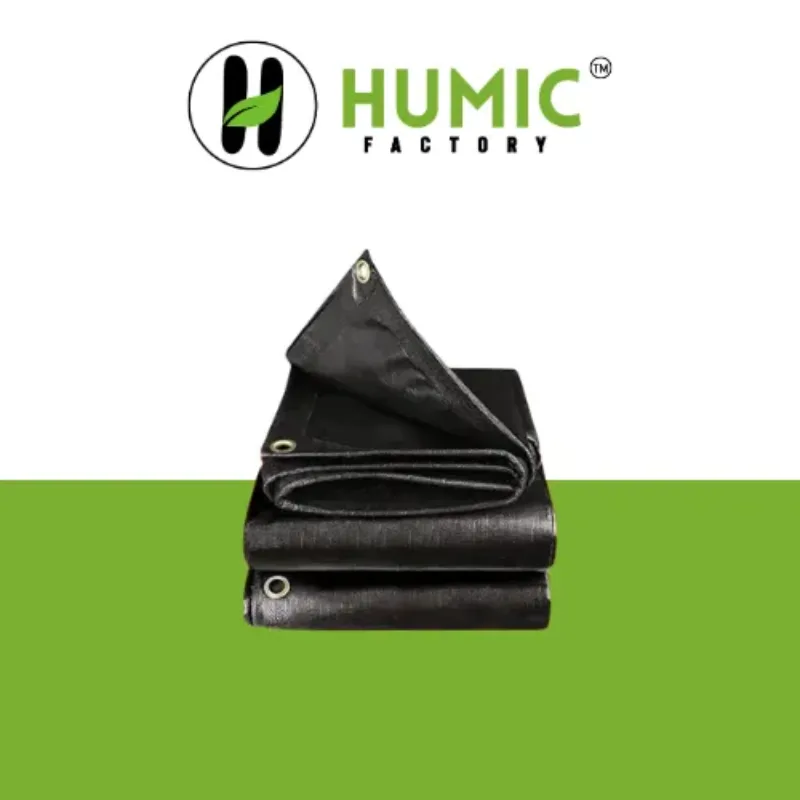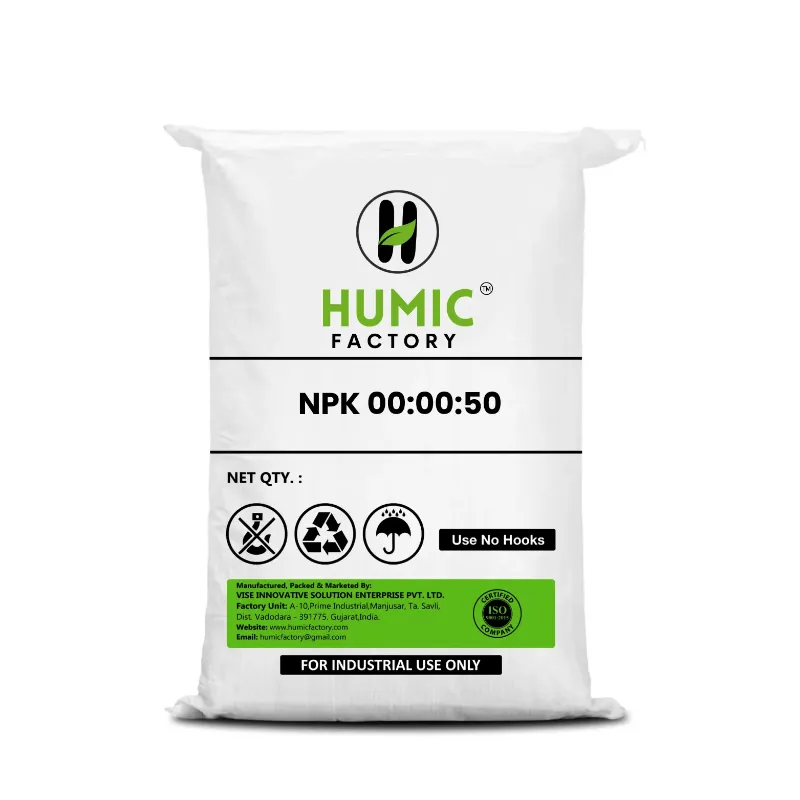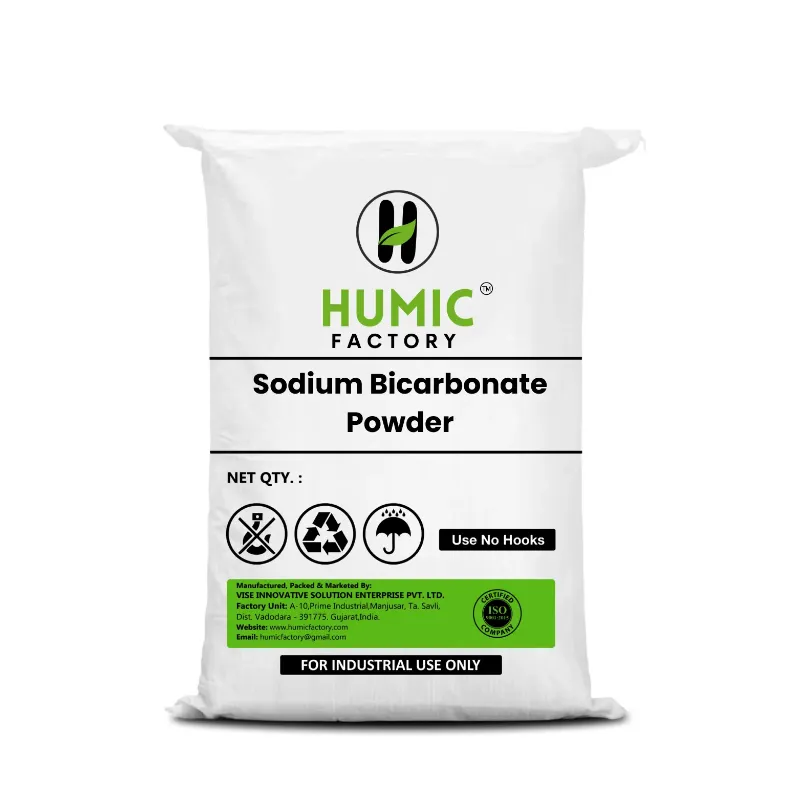In the quest for healthy and productive crops, many farmers and gardeners turn to various soil enhancers and supplements. One such powerful ally in the world of agriculture is Vesicular Arbuscular Mycorrhiza (VAM). Among the different VAM products available, Vesicular Arbuscular Mycorrhiza 3000 IP is gaining attention for its impressive benefits. But what types of crops can truly benefit from this mycorrhizal inoculant? Let’s dive in and explore. Vesicular Arbuscular Mycorrhiza (VAM) refers to a symbiotic relationship between fungi and plant roots. The "3000 IP" in Vesicular Arbuscular Mycorrhiza 3000 IP typically indicates the number of viable propagules (spores or fungal structures) per gram of the product, highlighting its potency. This partnership is beneficial because: Nutrient Absorption: VAM fungi enhance the plant’s ability to absorb nutrients, especially phosphorus, which is crucial for root development and energy transfer. Water Uptake: The fungal hyphae extend into the soil, improving water uptake and helping plants withstand drought conditions. Soil Health: VAM contributes to improved soil structure and health by forming networks in the soil, which can also help with disease resistance. Different crops have varying needs, and VAM can offer significant advantages to many types of plants. Here’s a look at some key categories of crops that thrive with the addition of Vesicular Arbuscular Mycorrhiza 3000 IP: Vegetable crops are among the most common beneficiaries of VAM. These include: Tomatoes: VAM helps tomatoes grow stronger roots, improving their overall yield and resistance to diseases. Peppers: Enhanced phosphorus uptake boosts fruit development and flavor in pepper plants. Carrots: By improving root health, VAM can lead to better growth and higher quality carrots. Vegetable crops often have high nutrient demands, and VAM’s ability to enhance nutrient and water uptake makes it especially useful. Fruit crops can also see remarkable improvements with VAM application. Some examples include: Apples: VAM can support better root development, leading to healthier trees and improved fruit production. Strawberries: Enhanced nutrient uptake results in larger, sweeter berries and more resilient plants. Citrus Fruits: VAM helps citrus trees withstand stress and improves fruit quality. Fruit crops often need a robust root system to support fruit production, and VAM contributes to this by enhancing nutrient availability and water absorption. Grain and cereal crops benefit from VAM’s ability to improve soil structure and nutrient uptake. These include: Corn: VAM enhances phosphorus absorption, which is crucial for corn growth and yield. Wheat: Improved root health and nutrient uptake can lead to better growth and resistance to environmental stresses. Rice: VAM helps rice plants withstand flooding and nutrient deficiencies. Grains and cereals rely on strong root systems for stable growth, and VAM provides the necessary support to optimize their development. Legumes, known for their ability to fix nitrogen, can also benefit from VAM in several ways: Beans: Enhanced root health and nutrient uptake can lead to increased yields and better plant vigor. Peas: VAM supports overall plant health and helps peas grow more robustly. Legumes often have unique nutrient requirements, and VAM complements their natural abilities by improving nutrient and water uptake. Even ornamental plants can see improvements from VAM, enhancing both growth and appearance. Examples include: Roses: VAM can lead to stronger roots and more vibrant blooms. Hostas: Improved nutrient availability and water uptake can result in healthier, more attractive foliage. For ornamental plants, VAM helps in achieving lush growth and vibrant displays, making them more visually appealing. To get the most out of Vesicular Arbuscular Mycorrhiza 3000 IP, here are some best practices for application: Soil Preparation: Ensure that the soil is well-prepared and free of contaminants that might harm the mycorrhiza. The fungi need a conducive environment to thrive and form beneficial relationships with plant roots. Application Timing: Apply VAM during planting or early growth stages when roots are developing. This maximizes the benefits of the mycorrhizal fungi. Avoid Over-Fertilization: Excessive use of chemical fertilizers can inhibit mycorrhizal activity. Use fertilizers in moderation and consider organic options where possible. Follow Guidelines: Adhere to the manufacturer’s application instructions for optimal results. Different crops may have specific requirements for the amount of mycorrhizal inoculant needed. Vesicular Arbuscular Mycorrhiza 3000 IP is a potent tool for enhancing plant growth across a wide range of crops. From vegetables and fruits to grains, legumes, and ornamentals, many types of plants can benefit from the improved nutrient and water uptake facilitated by this mycorrhizal inoculant. To further boost plant health and soil vitality, consider complementing VAM with high-quality humic products. Humic acids help improve soil structure, enhance nutrient availability, and support overall plant growth. For instance, Humic Factory's Humic Acid 100% is an excellent choice, known for its effectiveness in promoting robust plant development and improving soil conditions. Combining Vesicular Arbuscular Mycorrhiza 3000 IP with a superior humic product can lead to even better results in your gardening or farming endeavors. By integrating these products into your soil management strategy, you can achieve optimal plant health, increased yields, and a more sustainable approach to agriculture. Happy planting!Understanding Vesicular Arbuscular Mycorrhiza (VAM)
Crops That Benefit from VAM
1. Vegetable Crops
2. Fruit Crops
3. Grains and Cereals
4. Legumes
5. Ornamentals
Application and Best Practices
Conclusion


Submit your contact number to receive exclusive updates
Something went Wrong Please try again!!!
Bulk Purchase
Get Bulk Discount
Get Discount Code now
फोन नंबर सबमिट करे और ऑफर पाए
We believe farming is hard. This is our attempt to support farmers. Submit your contact details to receive a discount and other offers from Humic Factory.

Recommended Products
COPYRIGHT © 2024. All Rights Reserved By Humic Factory


